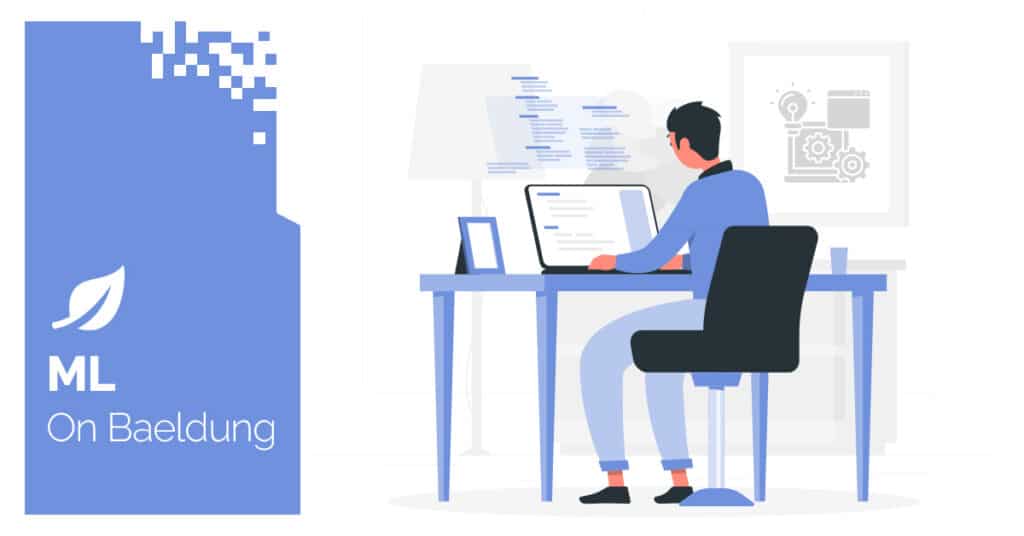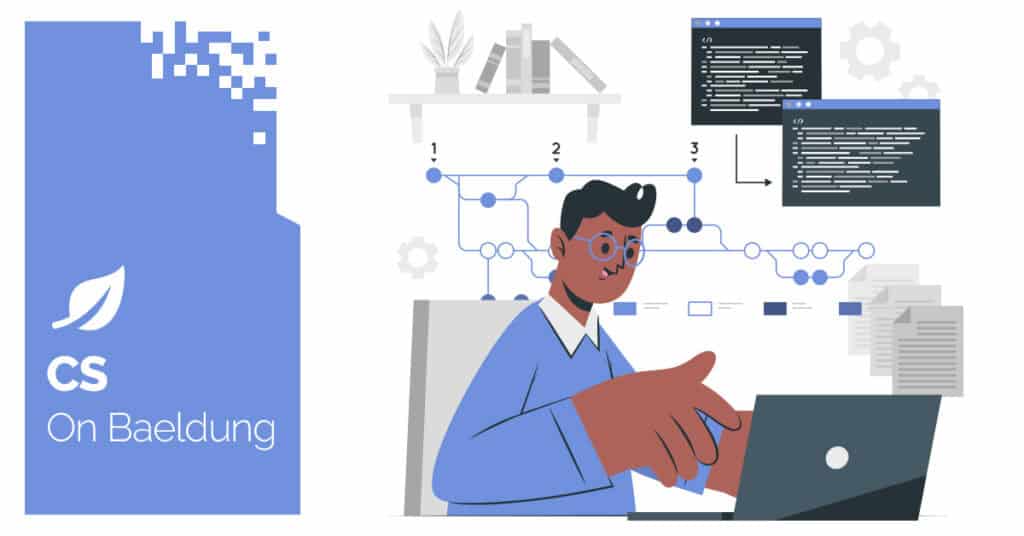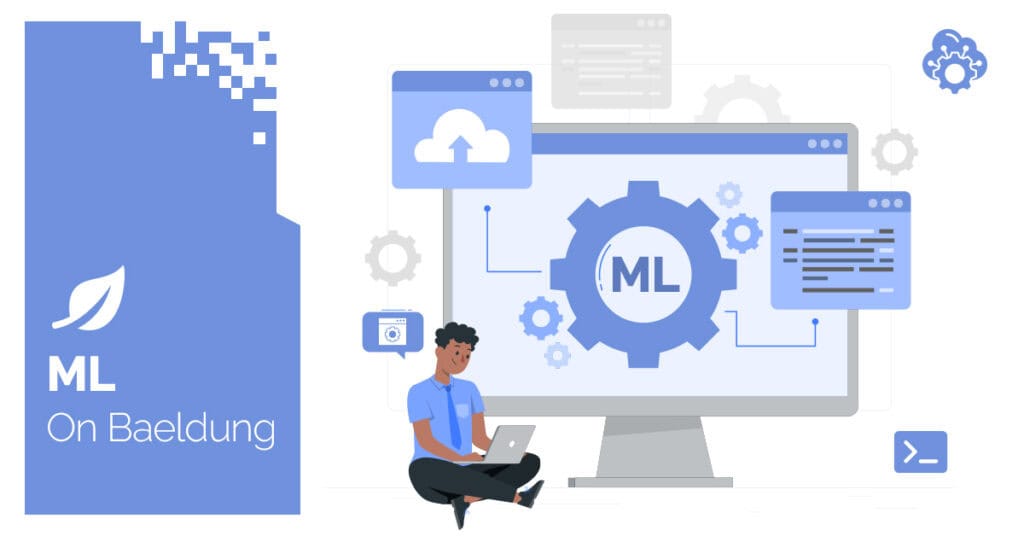Learn all about Computer Science Subscribe
  |
Current ArticlesThis feed's current articles are shown below. Subscribe for updates to all the content available in this feed, or click through here to see the original article. 
1. Introduction Modern customer support chatbots are evolving beyond static FAQ bots into intelligent assistants powered by Large Language Models (LLMs). However, out-of-the-box LLMs have certain constraints. They’re only aware of the information in their training dataset. In this tutorial, we’ll build a ChatGPT-powered support... Continue reading »  
1. Introduction Voice over Internet Protocol (VoIP) allows voice calls over the internet, offering flexibility and cost savings for businesses. However, this convenience comes with security risks. VoIP systems are frequent targets for hackers aiming to intercept calls, commit fraud, or disrupt services. In this tutorial, we’ll outline the... Continue reading »  
1. Introduction In training deep learning models, we use vast amounts of available data, including sensitive information, such as contact details and other personal data. We can mask the sensitive data with traditional anonymization techniques. However, these methods aren’t foolproof, as hackers can decipher anonymized data using linkage... Continue reading »  
1. Introduction Deep learning has opened up new possibilities in the world of creativity by enabling computers to recognize images and generate art. One of the techniques in this space is the neural style transfer, a deep learning technique, allowing creators and users to blend the content of an image with the artistic style of another. In this... Continue reading »  
1. Introduction In this tutorial, we’ll explore the concepts of gradient, divergence, and curl, learn the underlying math, and learn about their real-world applications. 2. Scalars, Vectors, Fields, and the Cartesian Coordinate System In physics and math, quantities fall into scalars and vectors. A scalar has only its magnitude (like... Continue reading »  
1. Introduction Nature often works through simple laws, yet gives rise to unpredictable complexity. Conway’s Game of Life is a computational example of this principle. Developed in 1970 by British mathematician John Conway, this simulation game runs on a grid of cells. Each cell follows basic rules such as live, die, or stay the same based... Continue reading »   What Is Linting? What Is Linting?
 2025-07-04 04:23 UTC by John Caleb 2025-07-04 04:23 UTC by John Caleb

1. Overview A linter is a tool that analyzes source code to find potential problems such as syntax and logic errors, inconsistent formatting, and violations of the adopted coding style. This term is derived from lint, small bits of fiber shed by clothing, and was used in computing to describe tiny code faults. In this tutorial, we’ll... Continue reading »  
1. Overview Before we dive into operating system development, it’s essential to pause and ask ourselves: Why are we embarking on this path? Are we aiming to deepen our understanding of a programming language by creating something complex from scratch? Or do we want to explore how hardware operates, how to start a machine, work with a specific... Continue reading »  
1. Introduction Relational algebra is the mathematical model of the query languages used in relational database systems. Its operations take relations as input and produce relations as output. In this tutorial, we’ll learn how to find the maximum value in relational algebra. 2. Relational Algebra The basic operations in relational... Continue reading »  
1. Overview Gradients are an important concept in vector calculus. They’re used in many fields of science and engineering, including machine learning. In this tutorial, we’ll discuss gradient norms and examples of their applications in machine learning. 2. The Gradient Norm In this section, we’ll learn the definition of... Continue reading » 
Browser-Friendly feed by FeedBlitz RSS Services, the premium FeedBurner alternative. |